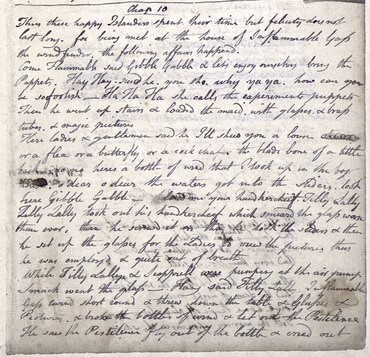At the Blake Archive, we strive for god-like workmanship. As such, proofreading for sinful mistakes is an important step in our process. Currently, we have several publications “on-deck” for publishing, but this means that several eyes have to pass over those documents. I am currently proofing a typographical work called Poetical Sketches. The original transcription of this work was created by Ali McGhee. I am now proofreading her transcription as well as checking our reading against several standard sources.
The process sort of looks like this:
 Note the necessary caffeine and hydration containers. I think everyone at the Archive has their own “process” when proofing. As you can tell, I like to have everything open, analog and digital, as I proof. I like to cross-reference every reference, especially when I find information that differs slightly from one source to the next. I also like to make changes to our digital files one thing at a time, then save and check for errors. If I make all my changes at once I am more likely to really screw up the entire document. I am also super grateful for our double monitor set up in the office, because I can have several different windows open at once. I’d also like to thank the Keurig in the English Dept., without whom I would be useless.
Note the necessary caffeine and hydration containers. I think everyone at the Archive has their own “process” when proofing. As you can tell, I like to have everything open, analog and digital, as I proof. I like to cross-reference every reference, especially when I find information that differs slightly from one source to the next. I also like to make changes to our digital files one thing at a time, then save and check for errors. If I make all my changes at once I am more likely to really screw up the entire document. I am also super grateful for our double monitor set up in the office, because I can have several different windows open at once. I’d also like to thank the Keurig in the English Dept., without whom I would be useless.
The steps for proofing can vary depending on the type of work the original Blake content is: manuscript, illuminated book, typographical, letter, etc. Still, there is a basic process that we follow in order to catch any mistakes in our work before we publish on blakearchive.org. I begin by comparing our transcription of the work against the original. Sometimes we find typos or the proofreader will disagree with the reading done previously. In the latter case, the proofreader works with the transcriber to come up with a solution, and often times marking the text as “unclear”. Next, I usually compare our transcription to our standard sources, which can be found here. At this point I am also looking at the our “Editors’ Notes” for each object and the “Work Information” pages. After proofing other things on our check list, I like to finish by looking at the images and making sure that they are working properly in “Lightbox.”
And there you have it! While proofing isn’t the most glamorous part of the job, it is very important to the Blake Archive. Personally, I like proofreading, because as a student myself, I understand that our users want their experience to be easy and go smoothly. Blake scholars already do enough work figuring out Blake; they shouldn’t have to decipher our slip ups as well. Well, now I am extremely paranoid that this post has a bunch of mistakes in it . . .
—



